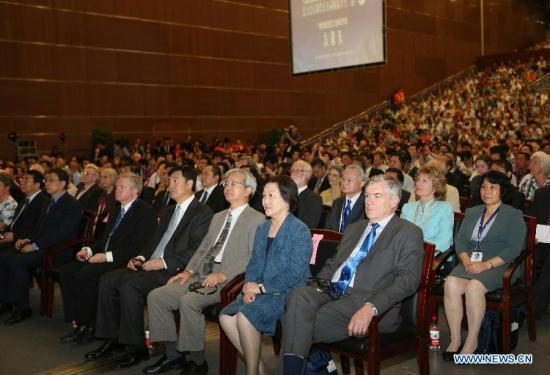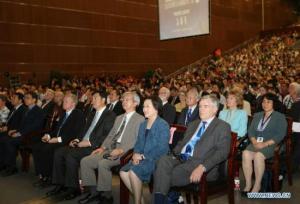
Chinese astronomy and astronauts prepare to head to the stars
Astronomy News (August 2012) –
A red August sun hangs in Beijing’s afternoon sky as over 3,000 of the world’s top astronomers arrive in the city for the first hosting of the annual two-week meeting of the International Astronomical Union in China. This first hosting of the annual meeting of the top astronomers in the world marks a significant step in the Chinese desire to reclaim an astronomical heritage thousands of years in the making after a 46-year long break brought about by China’s 1966 Cultural Revolution. A break that has put Chinese astronomy and astronomers lagging behind the West in both technology and facilities designed to help man study the stars and lost China its seat as one of the leaders of the human journey to the beginning of space and time.

The roots of Chinese astronomy go deep into the history of the human journey to the beginning of space and time, back to a time when many people in the western world were still worshipping heavenly bodies in the sky as deities. As early as 2650 B.C., Chinese astronomers were recording the changes and patterns in the sky. Chinese astronomer Li Shu was recording his sightings of the sky over China during this period, including solar eclipses, which to the ancient Chinese meant dragons were devouring the sun. Total solar eclipses were often also used to determine the future health and welfare of current emperors and empires and according to some Chinese historians led to the downfall of dynasties in ancient China. A Chinese calendar from the period used the location of star Antares to mark the start of each year. Over 4 centuries later, Chinese astronomers were still timing solstices and equinoxes using Antares and three other stars as their guide, as described in the ‘Chinese Book of Documents’ Canon of Yao.
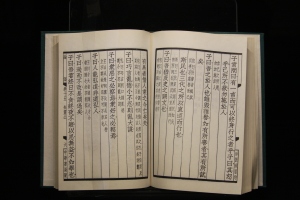
Thousands of years ago Chinese astronomers spent whole lifetimes studying the stars and charted the events they saw occurring in the night sky. They recorded the deaths of at least ninety exploding stars in the night sky between 1700 B.C. and 1600 A.D. Designed, engineered and built instruments and devices to help map the night sky and accurately keep track of time. These sky maps and timekeeping devices were then used by ancient Chinese astronomers to determine future alignments of stars and planets and the correct times to plant and harvest crops.
Drive along Chang’an Avenue, just east of Tiananmen Square, and you’ll see ancient relics of China’s astronomical past. Eight astronomical instruments, each hundreds of years old, sit poised atop the spot where Beijing’s Ancient Observatory was built during the Ming Dynasty around 1442. This location was popular with ancient Chinese astronomers of this period of history from around China and the world and was used to map the heavens for hundreds of years.
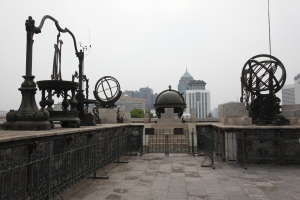
Today Chinese astronomy is once again reclaiming its seat on the human journey to the beginning of space and time. In the decades ahead China will likely be a leader and significant partner in the human desire to travel through the solar system and into the cosmos. In fact, the first human to step onto a planet in our solar system, other than Earth, could be Chinese and possibly female.
Chinese Astronomy Stands Ready to Lead the Human Journey to the Beginning of Space and Time
The Chinese celestial dragon is preparing to stand and spread its wings across the breadth of the solar system during the decades ahead. Driven by an ancient desire to understand and explore the universe, China has been investing time, energy and money during the past two decades in new facilities to help study the stars. China has started designing, engineering and building new astronomical observatories throughout the country and even in space. In the years ahead Chinese astronomers will likely provide new astronomy insights and discoveries to delight the soul and inspire the stargazer within us all. Setting the stage for China to once again take its seat as a leader of the human journey to the beginning of space and time and become a valuable partner in the human desire to reach the stars.
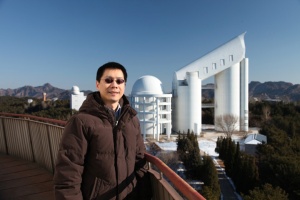
Chinese astronomers and astronauts stand ready to lead the next phase of human space exploration
71 miles (114 kilometers) north of Beijing, at the Xinglong Mountain Observatory, sits LAMOST (Large Sky Area Multi-Object Fiber Spectroscopic Telescope) a new instrument named for 13th-century Chinese astronomer Guo Shou Jing. Built to help Chinese astronomy survey the stars of the Milky Way, in order to try to determine the structure of our galaxy, LAMOST will collect the light from around 4,000 stars at once using a 20-degree field of view. Capable of determining the line-of-sight velocity of millions of stars in the sky, Chinese astronomers expect LAMOST to achieve its greatest results when teamed with the data expected from the European Space Agency’s GAIA spacecraft, which is set to launch in 2013. Together, LAMOST and GAIA should be able to provide us with a three-dimensional catalog of millions of the stars in the Milky Way. This achievement would be a big step toward Chinese astronomy once again becoming a leader in the human journey to the beginning of space and time.

Click this link to watch a YouTube documentary on the 90th anniversary of the Chinese Astronomical Society
90th anniversary of the Chinese Astronomical Society
Read about NASA’s Messenger spacecraft and its mission to Mercury
Have you heard about the recent meteorite that exploded near the Ural Mountains

